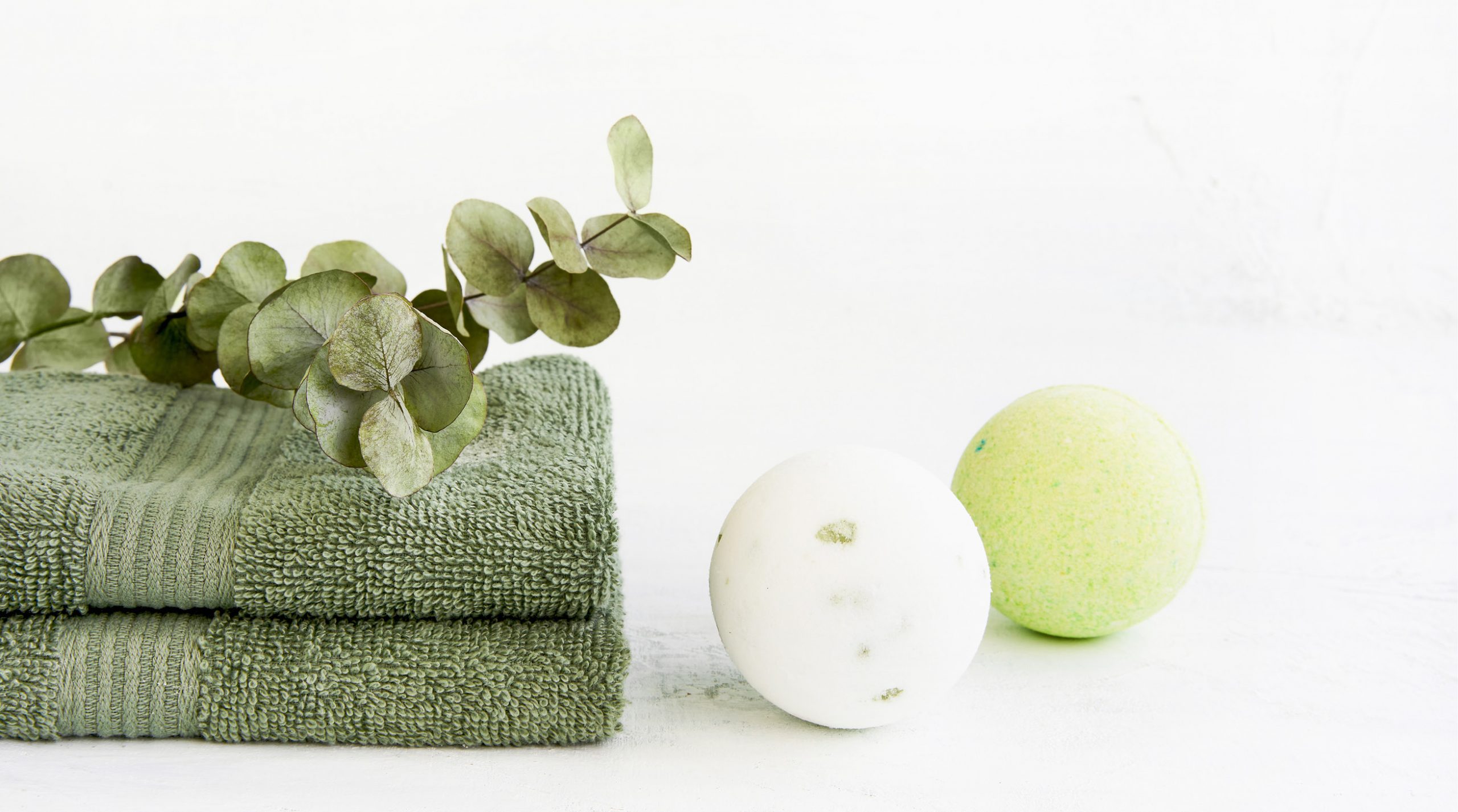Today, sales of organic and natural cosmetics represent 6.4% of the french market. In the future, their impact in the world of cosmetics will increase to 8.5% in 2023. And due to sales that will jump by 12% per year. It is therefore necessary to renew the product offer in order to maintain this dynamic aspect. For this, it do constantly proposing new innovations. However, formulating natural cosmetic product is not without its constraints and requires dealing with some challenges. . In fact, as consumers of natural cosmetics expect them to be in line with conventional products in terms of both effectiveness and sensoriality.
The choice of ingredients to formulated natural cosmetic product
Cosmetic formulation is the art of combining materials in order to obtain innovative, effective and skin-friendly products. At the basis of this formulation work, the choice of ingredients is key, as consumers today are increasingly demanding transparency in the cosmetics they use every day. To make this crucial choice, the formulator relies on several criteria.
Criteria related to certification standards
This certification vary from one region of the world to another. There are several definitions of what constitutes a natural ingredient or an ingredient of natural origin. Some standards publish positive or negative lists of ingredients that restrict the range of ingredients that can be used. It is therefore crucial to master these definitions in order to obtain and maintain the desired certification. All the more so as these regulatory texts evolve over the years and tighten the rules on the origin of raw materials or their processing methods.
Criteria related to environmental issues
Ingredient suppliers are innovating every day to offer more natural ingredients as well as processing methods that are more respectful of the environment and the intrinsic properties of the ingredients. Thus, suppliers are turning away from petrochemical or synthetic chemical products in favour of “greener” and gentler processes. (For example : supercritical CO2 extraction, based on natural solvents, fermentation processes, etc.) They seek to reduce the generation of co-products, the number of manufacturing stages, and energy consumption.
Criteria related to technical aspects
Among this limited choice of raw materials, it is important to develop a thorough knowledge of their various properties in order to be able to adapt the use of certain ingredients to different uses. These ingredients are said to be multifunctional, meaning that they provide benefits to both the formula and the skin. Rosemary, for example, is a fragrant plant that can be used for perfume formulae. But it is also a powerful antioxidant, known for its anti-ageing properties. Algae, notably lithothamnion (Lithothamnion calcareum) ground into an ultra-fine powder can be used as a matting powder, as an abrasive powder for the formulation of natural toothpaste, or as an absorbent agent, while being an important source of minerals (over 80% of its composition).
The choice of galenics
The galenic form of a cosmetic product corresponds to the final physical appearance of the product as it will be presented to the consumer during its use [1]. There are many forms, and some are more suitable than others for the formulation of natural cosmetic product. Among them, solid and anhydrous forms are popular for several reasons:
- They make it possible to avoid a certain number of synthetic compounds that are essential for the physical and microbiological stabilisation of classic formulae (such as preservatives, emulsifiers, etc.). This two constraints are linked to the very high proportion of water in these formulae, which anhydrous and solid formulae do without or almost do without.
- By reducing the number of ingredients, they make it possible to develop of minimalist and sometimes versatile formulae. This make it possible for the same formula to have several uses. For example, vegetable oils can be applied to hair, as well as to the body, and some of them can be used for gentle make-up removal. Minimalism is increasingly favoured by brands with the underlying slogan: “the least possible ingredients for maximum efficiency and pleasure”. The list of ingredients is checked thoroughly in order to keep only what is necessary. No more long and incomprehensible formulations or ingredients that provide no benefit for the skin.
- They make it possible to offer refillable or bulk solutions, thus limiting the use of packaging. They even go to the extent of providing completely packaging-free solid forms.
The choice of processes
Today, a particular attention is paid to the composition and use of the cosmetic product in its definition of naturalness. But the way it is manufactured is no less important.
- If the use of the materials allows it, the choice of a cold process limits the use of energy and also makes it possible to preserve the qualities of the ingredients (with active compounds that are often heat-sensitive)
- Reducing the number of ingredients in the formula inevitably leads to reduced process times and energy consumption.
- Careful planning of production can reduce equipment cleaning times and thus the consumption of water and cleaning products.
The successful development of a natural cosmetic product is therefore the result of a joint effort throughout the creation, supply and production chain.
Source:
[1] Observatoire des cosmétiques : https://cosmeticobs.com/fr/articles/lexique-cosmetique-5/galenique-324
